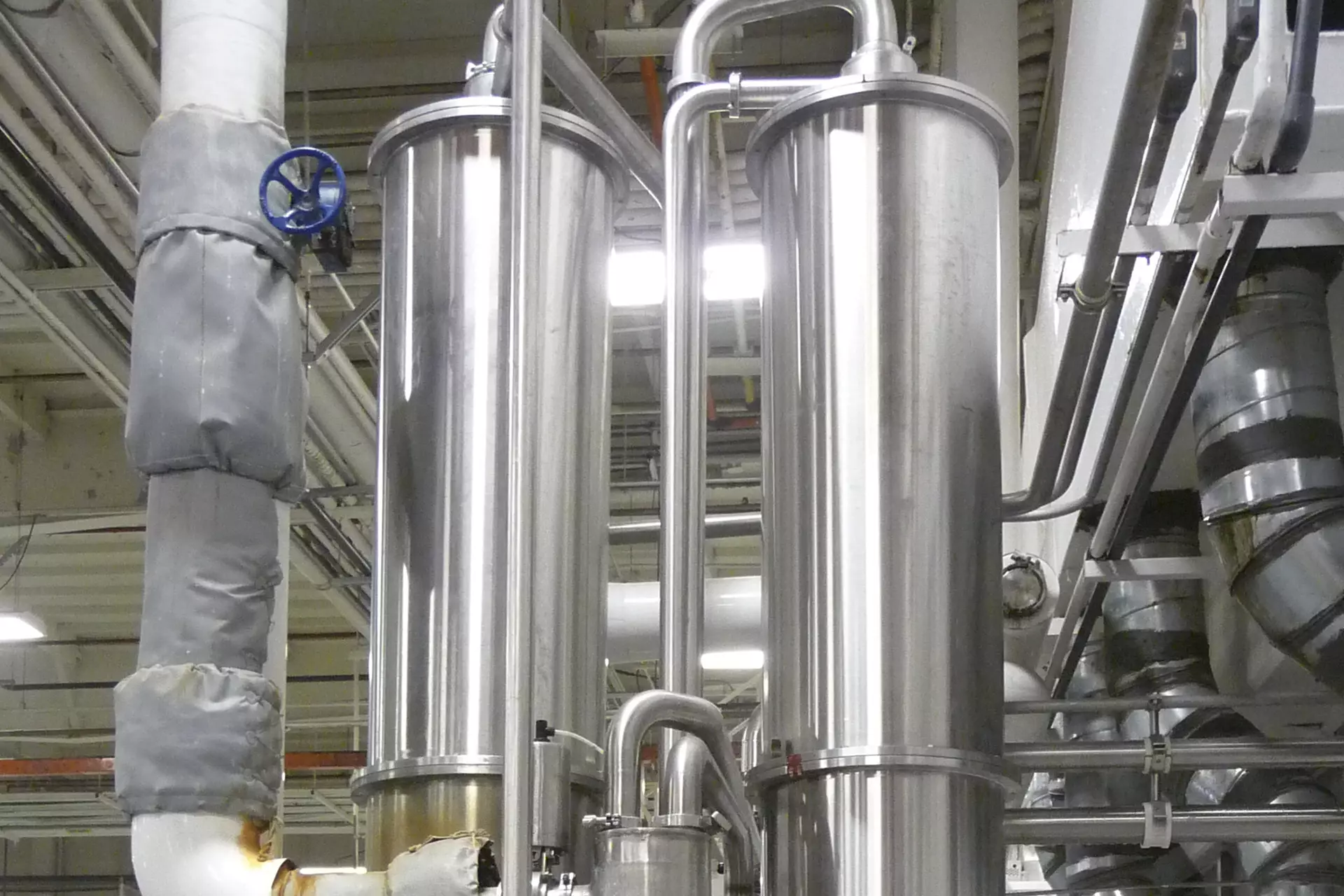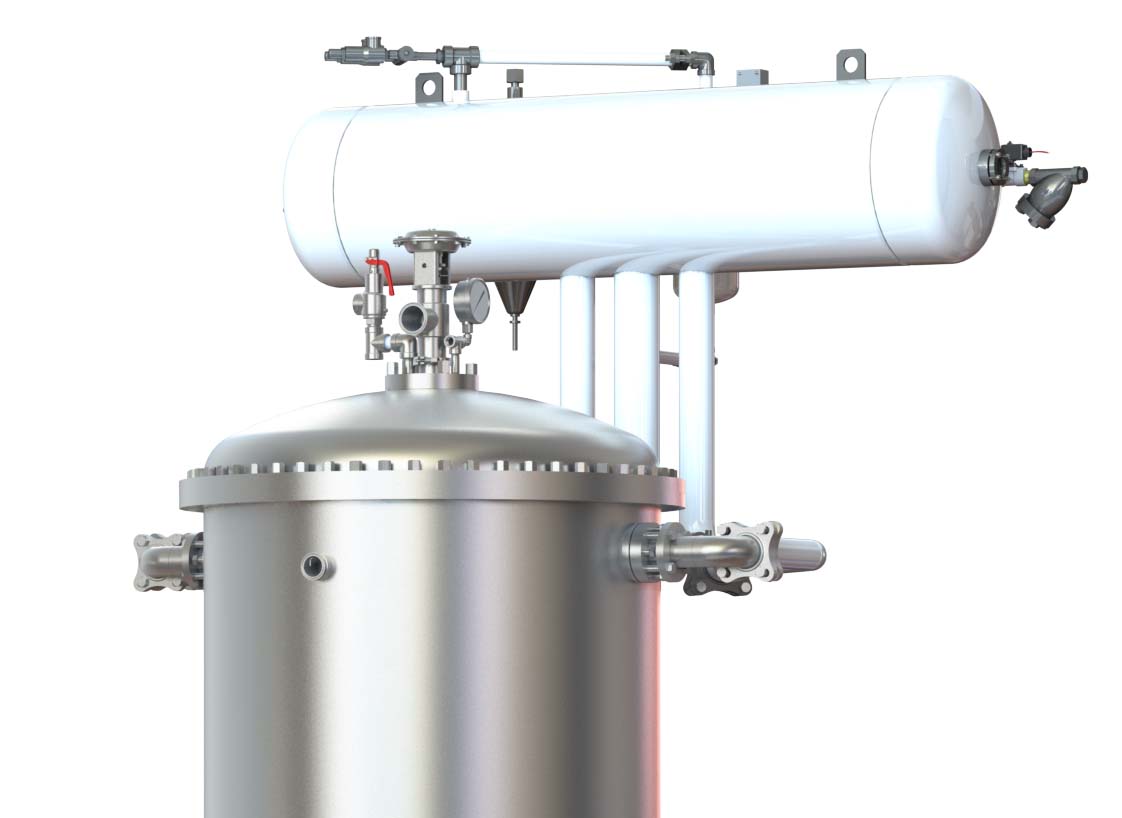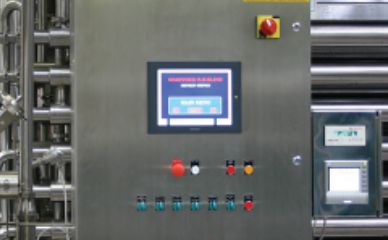Arsenic Mobilization
In 2005, the EPA lowered the drinking water standard for arsenic limits to 10 parts per billion (ppb). This change put many Aquifer Storage Recovery (ASR) sites at risk for exceeding the standard. The problem occurs while water is stored in an aquifer and naturally occurring arsenic leaches out of limestone deposits.
Reducing Arsenic by Removing Dissolved Oxygen
Research indicates mobilization of the arsenic is caused by a chain of oxygen reduction reactions when dissolved oxygen (DO) is present in the water. By removing the O2 prior to pumping the water into the aquifer, arsenic leaching can be minimized to the point where the drinking water standard can be met.
Aquifer Storage Recovery Installations
There are well over a hundred ASR installations across the United States, and most operate at high flow rates (700-2000 gpm). The quality and source of the water can vary widely, meaning treatment requirements may differ from location to location. Many ASR sites utilize surface water sources containing high levels of Total Suspended Solids (TSS) and Total Dissolved Solids (TDS) with varying levels of dissolved oxygen and other gases. Other ASR sites use municipally treated water that can contain high chlorine or ozone residuals.
Selecting the Right Degasifier
To properly specify a solution for removing dissolved O2, there are a number of important considerations:
- How much arsenic reduction do I need to meet the current standards and what DO removal will reasonably allow me to achieve these levels?
- Are there other dissolved gases (e.g. CO2) in the water that could affect degas performance?
- What are the nominal and peak TDS, TSS, and DO concentrations of the water?
- Is there residual chlorine or ozone in the water?
- Is the aquifer used only seasonally and what are the shutdown requirements of each option?
- Does the location of the ASR limit the available footprint and height of the degasification equipment?
GasTran Vacuum Degasifier Systems
Depending on the answers to the above questions, a vacuum degasifier (also known as a vacuum deaerator) from GasTran Systems may be the most economical choice to deliver sustained, consistent performance for oxygen removal. Using only a basic vacuum pump and the shearing action created by the GasTran Technology’s spinning rotor, DO concentrations of less than 1 ppm are easily achievable, even when large concentrations of dissolved carbon dioxide are present.
The large centrifugal force generated in our rotor design enables the system to perform even with surface waters having large concentrations of TSS and TDS. Towers and membranes can be susceptible to fouling causing a significant reduction in performance.
The GasTran Vacuum Degasification Systems’ all steel construction means not having to worry about residuals or the pH of the water. Chlorine and ozone, even at very low concentrations, will severely damage membranes.
Fast start-ups and easy shut-downs make the GasTran System a perfect choice for seasonal use. Within seconds after turning it on, the system will begin deaerating to specification, and you never have to worry about a membrane drying out or biofouling.
Finally, the compact nature of the GasTran System design also make it an ideal choice versus vacuum towers, which can be as tall as 40 feet and become a severe eyesore in residential areas.
GasTran Degasifier System Features
- Reduces dissolved oxygen by over 95% in a single pass
- Optional nitrogen assist to improve performance even further
- Highly scalable operation with turn-down ratio of 95%
- Reaches steady state performance in seconds
- Small footprint and a height under 14 feet
- Non-fouling, low maintenance design
- No replacement parts or chemicals
 Deaeration Systems
Deaeration Systems
 Carbo Coolers
Carbo Coolers
 Carbo Mix
Carbo Mix